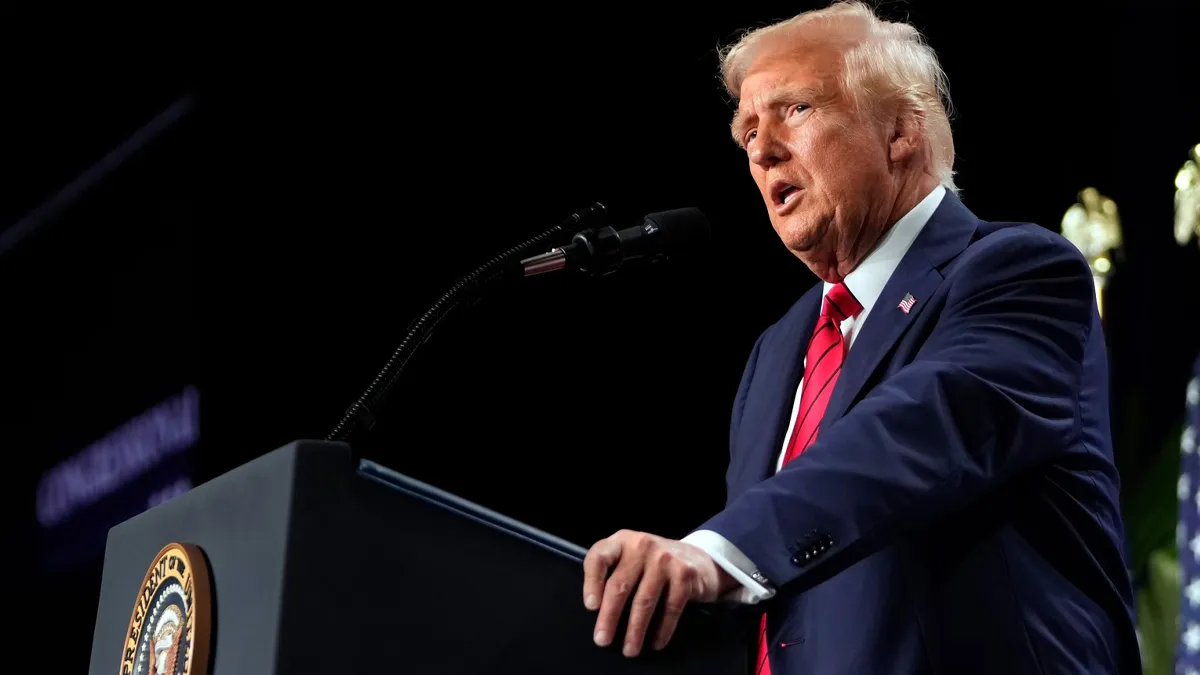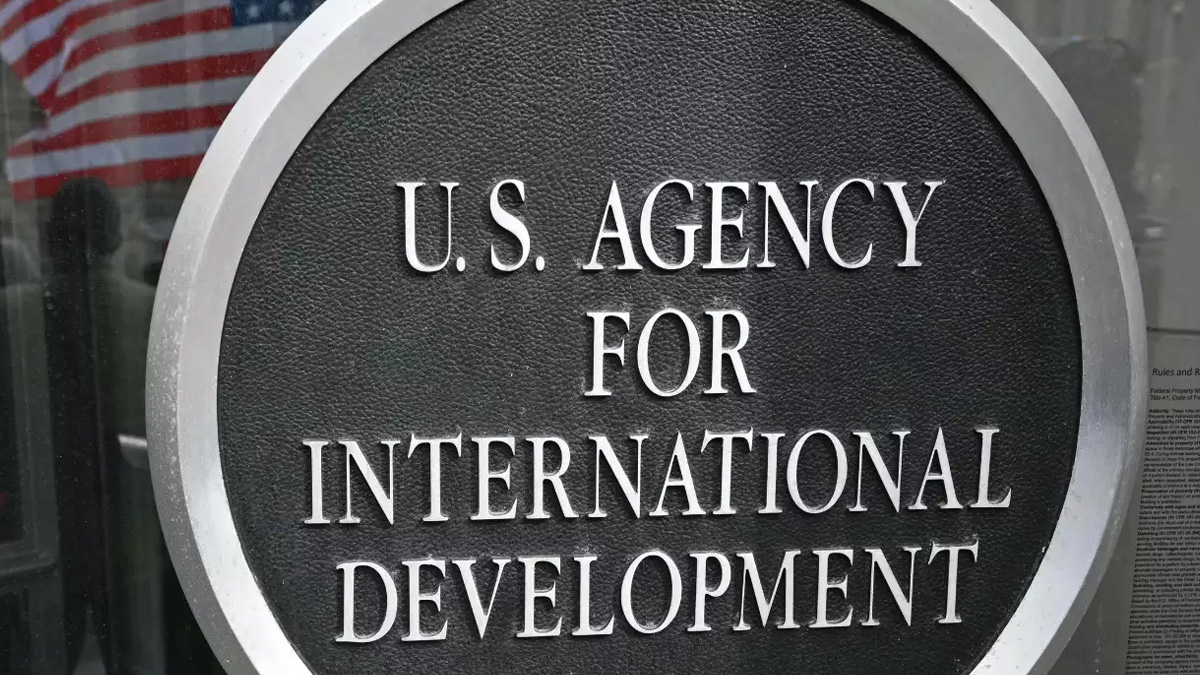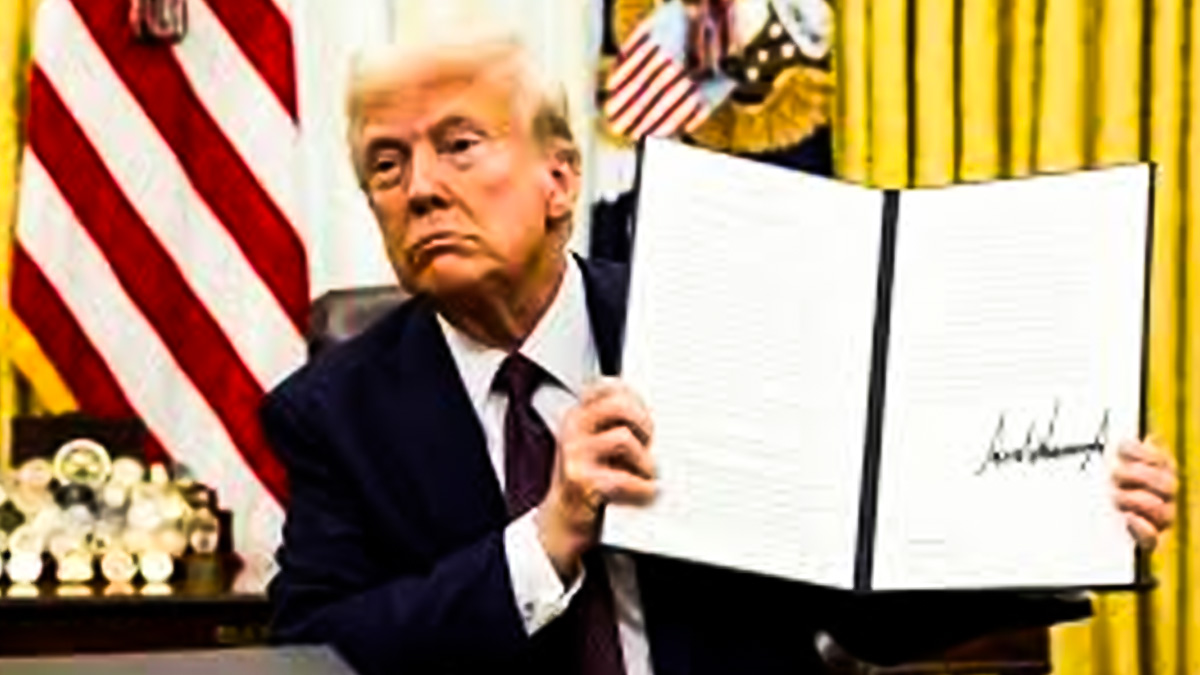
The Trump administration has made a bold move by freezing the United States Agency for International Development (USAID) until further notice. This decision could have a significant impact on several developing nations, including India, where USAID has played a crucial role in strengthening the healthcare sector. The suspension of funding may affect critical healthcare programs, including those focused on tuberculosis (TB), HIV/AIDS, maternal and child health, and medical aid for vulnerable populations. But what exactly is USAID, and why is its absence a cause for concern in India’s healthcare landscape?
Table of Content:-
What Is USAID?
The United States Agency for International Development (USAID) is a U.S. government agency that provides financial assistance, resources, and expertise to support global development. It aims to improve healthcare, promote economic development, support education, enhance democratic governance, and provide humanitarian aid in various countries. USAID’s contributions have been instrumental in addressing public health challenges worldwide, particularly in developing nations where access to healthcare remains a major concern.

USAID’s Contributions to Healthcare
USAID plays a pivotal role in improving healthcare systems by funding and supporting programs that combat infectious diseases, improve maternal and child health, and strengthen health infrastructure. Some key areas where USAID has been active include:
- Combating Infectious Diseases: USAID has contributed significantly to the global fight against HIV/AIDS, malaria, tuberculosis (TB), and other infectious diseases by funding treatment, research, and prevention programs.
- Maternal and Child Health: The agency supports initiatives aimed at reducing infant and maternal mortality rates, providing better access to reproductive health services, and ensuring safe childbirth.
- Strengthening Healthcare Infrastructure: USAID works closely with local governments and NGOs to enhance medical facilities, train healthcare workers, and improve emergency response systems.
- Humanitarian Aid: In times of crisis, USAID provides emergency medical supplies, food assistance, and disaster relief to affected populations.
With the suspension of USAID, India stands to lose substantial support in these critical areas.

How USAID Has Helped India’s Healthcare Sector
India, home to over 1.4 billion people, faces numerous healthcare challenges, including high maternal and child mortality rates, malnutrition, and a heavy burden of infectious diseases. USAID has been a key partner in India’s fight against these issues, funding programs aimed at saving millions of lives.
Fighting Tuberculosis (TB)
India has the highest TB burden in the world, accounting for nearly one-fourth of global TB cases. USAID’s initiatives have helped provide diagnostic tools, treatment support, and awareness campaigns to curb TB’s spread. With USAID funding cut, India’s TB elimination goals could face a major setback.
Tackling HIV/AIDS
India has the third-largest HIV-positive population globally. USAID has actively funded programs providing access to antiretroviral therapy (ART), preventive measures, and support services for those affected by HIV/AIDS. The freeze on aid could limit access to life-saving treatments for thousands of patients.
Supporting Maternal and Child Health
India still grapples with high maternal and child mortality rates, particularly in rural areas. USAID-backed initiatives have improved prenatal care, safe delivery practices, and newborn health programs. The absence of this support could slow down progress in reducing childbirth-related deaths.
Also Read: FDA Issues Bird Flu Alert: New Warning on Raw Pet Food Safety
Impact on Underserved Communities
A significant portion of India's population, especially in rural and economically disadvantaged areas, relies on government and NGO-driven healthcare programs—many of which receive USAID funding. The suspension of these funds could result in limited healthcare access for millions of vulnerable individuals.
Why This Matters for India
The USAID freeze could place additional pressure on India’s healthcare system, particularly as the country continues to recover from the aftermath of the COVID-19 pandemic. Healthcare experts warn that without external aid, many public health programs may struggle to sustain operations, affecting disease prevention, medical research, and healthcare accessibility for the underprivileged.
While India has been making strides in strengthening its healthcare infrastructure, the sudden halt of international aid could slow down progress, delay critical health initiatives, and push more people into medical poverty.
Bottomline
With the USAID freeze, India may need to find alternative sources of funding to keep these programs running. Increased government investment, public-private partnerships, and global collaborations could help bridge the gap left by the loss of U.S. funding. However, the challenge remains in ensuring that ongoing programs do not face immediate disruptions.
As the world watches how this decision unfolds, it is clear that halting USAID could have long-term consequences for healthcare systems in India and beyond. The hope now lies in policy shifts, international negotiations, and local initiatives stepping up to fill the void left by the funding freeze.
How we keep this article up to date:
We work with experts and keep a close eye on the latest in health and wellness. Whenever there is a new research or helpful information, we update our articles with accurate and useful advice.
Current Version